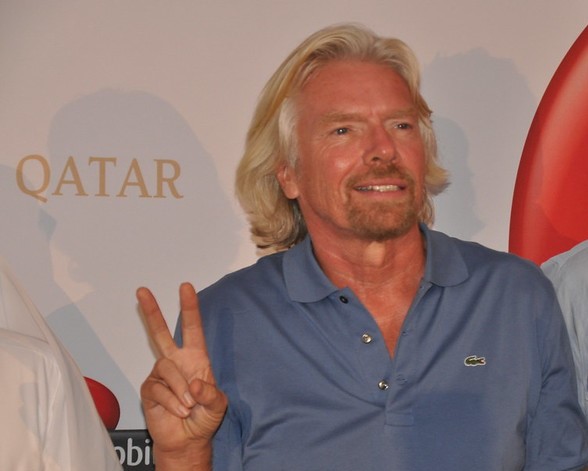How you show up as a leader depends on what you truly believe is the answer to the question: ‘Is management power or is it responsibility?’.
There are plenty of CEOs, new and old, who see their position as one of power; who believe in command and control; who revel in the opportunity to treat people as their serfs. But for me, with the step up to CEO, comes big responsibility.
As a CEO, a person is responsible for getting the very best out of the individuals they've been asked to lead and manage; to help those individuals to fulfil their potential, and to mould them into a team that delivers results for the business.
How you handle that responsibility; how you embrace the challenge (because that’s what it is) of managing your team; how willing you are to learn how to do it well, and keep learning every day, is going to dictate how well respected you are, how well your team works with you, and how much you achieve together.
Decide right now - are you going to be a ‘Go’ or a ‘Let's Go’ leader; a ‘lead from the front’ CEO or a micro-manager with a big stick?
Below, we explore the five most common leadership styles – which one are you?
The Budgie - Everyone’s best friend
This CEO still wants to be one of the team. They hate confrontation and giving constructive feedback and would rather ignore poor standards than talk to one of the team, no matter the consequences. They often work late to help out the team or to correct mistakes they’ve made. They still know all the gossip and will often be the team’s agony aunt/uncle. They want to be everyone’s best friend first and their manager second.
The Woodpecker – Micromanager
This CEO is obsessed with the details - everything has to be perfect and ‘just so’. Mistakes get on their nerves because their team should be able to get it right by now. They want reports at every stage of a project and will regularly check up on the team to see what they’re doing and that it’s being done exactly as they would do it. Steve Jobs is one famous example of a leader who was a perfectionist and would accept nothing but the absolute best of everything.
The Peacock - Aloof/Hands-Off CEO
This leader operates from a distance. They give minimal information to the team about what they want and then leave them to get on with it. If things go well, they take the credit, if things go badly they blame the team. They’re rarely around for advice or support. Always out of the office or in meetings. They don’t get involved in the day to day because they don’t see it as their job - they have people to deal with all that. Do you think Donald Trump may fit into this category?
The Seagull - Non-stick Manager
Like David Brent from The Office, this is the manager who swoops in, dumps all over everyone and then flies off again. They are erratic, poorly prepared and extremely arrogant, and damage team morale by treating them like idiots, talking down to them, and blaming everyone else for their failures. When things turn out badly or they run into a problem, they swoop in to assign blame and then become the hero by sorting it out.
The Eagle – The Inspirational Leader
This is the well-respected CEO that the team would walk through fire for. They’re inspirational, firm but fair, and hands-on when they’re needed. They do what they say they’ll do and are always straight with their team who know exactly where they stand. They give credit whenever possible, and when there’s a problem, they take responsibility. Always looking to develop their team and better their leadership skills, they have a great relationship with their boss.
They are the leader-CEO we all aspire to be every day. We reckon Richard Branson is an Eagle.











